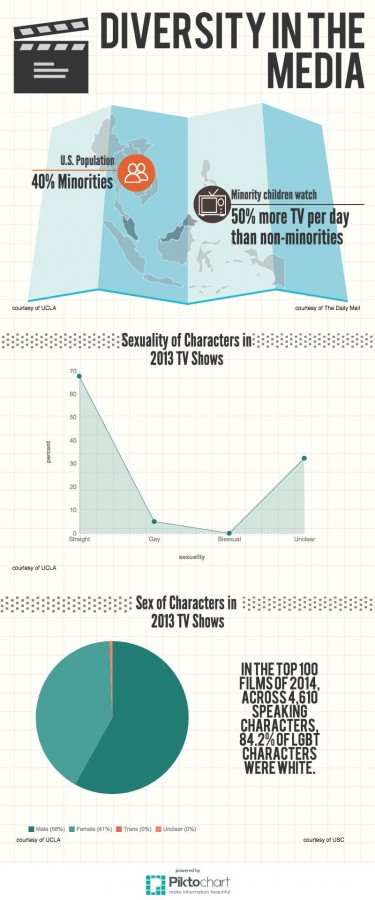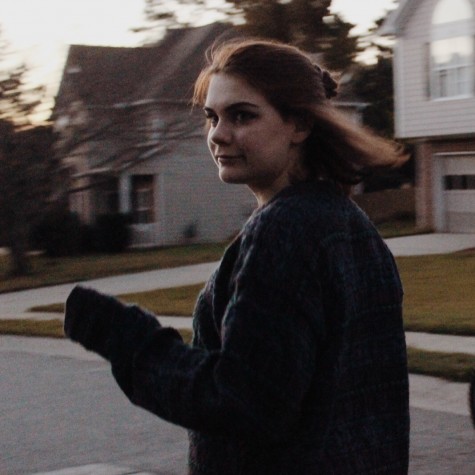Sense8’s diversity makes it a must-binge
August 24, 2015
This past summer Netflix premiered a new series called Sense8, which received global recognition for its diverse cast. Sense8 focuses on the lives of eight people from different parts of the world, exploring the lands of Africa to Korea, and everywhere in between.
 Allison Hahn
Allison Hahn
Sense8 introduces several different characters living extraordinary lives but portrays them as average. Viewers witness the daily activities of a DJ, police officer, actor, scientist, thief, blogger, bus driver and accused criminal. Each leads a different life, but remains connected in some way.
Media depicts race frequently through utilizing stereotypes. For example, some media outlets use a characters of color as a punchline, with little camera time beyond that. However, in Sense8, viewers watch actors from various areas of the world who are rarely shown in a realistic way. Out of the eight main characters, half are white with only two Americans.
Sense8 addresses problems often only heard about in textbooks or news. Capheus, a character living in Nairobi, works to earn money for his mother’s AIDs medicine. In Capheus’ childhood, his tribe kicked him and his mother out, forcing his mother to give her baby to a children’s home. This serves a reality for many Africans that mainstream media refuses to talk about.
Also, popular talk about a transgender character sweeps the internet. The character’s storyline does not solely focus on her being transgender, instead talking about her past as a hacker and current role as a political blogger. Many shows exploit transgenders to create an interesting storyline. This fails to give the characters much adequate depth. Nomi proves a favorite character for viewers because the actress, Jamie Clayton, identifies as a transgender woman. It remains uncommon to see this in the media with the majority of characters played by cisgender actors.
Sense8 strays from the current state of affairs in media, allowing viewers to watch a diverse cast, reflecting their own lives echoed onto the screen.
The Chant’s review: A




